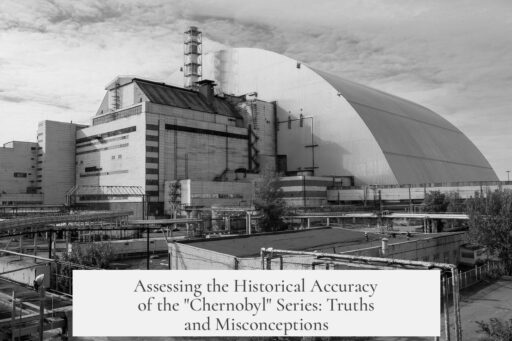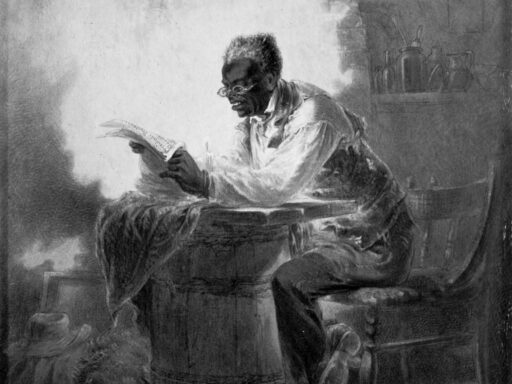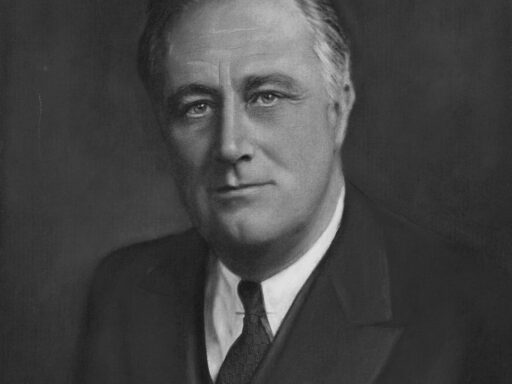The show “Chernobyl” is largely accurate in depicting the broad timeline, social context, and general disaster aftermath, but it takes notable dramatic liberties with Soviet government responses, key personnel portrayals, and some technical details.
The series captures the late-Soviet environment and the general sequence of events well. The shift from the day to night shift, the undertrained staff, the reactor test, and the resulting explosion follow documented facts. The timeline is realistic, including how power dropped, how operators removed control rods under pressure, and how the AZ-5 safety system failed, triggering the disaster. However, precise reactor internals—such as jumping fuel channel caps shown before the blast—are fictional. These fine details remain unknown due to the fatalities of those who witnessed them.
The depiction of the Soviet government and KGB as villainous and willfully negligent is the biggest fictional element. The real government identified reactor flaws and began safety improvements within weeks. Contrary to the show’s narrative, Legasov did not lead reactor fixes. The dramatization exaggerates bureaucratic paralysis and casts officials as constantly fearing execution or resorting to harsh intimidation. During the perestroika period, efforts were relatively transparent, though still imperfect. The exaggerated presence of armed guards around ministers and constant shooting threats are inaccurate and serve to heighten drama.
The evacuation of Pripyat is simplified. Pripyat’s evacuation happened before Western news reports, triggered by rising radiation levels rather than a blocking order from higher-ups. The show misrepresents decision paralysis by suggesting direct orders prevented earlier evacuation, but in reality, a high legal radiation threshold delayed action.
Key figures like Dyatlov, Fomin, and Bryukhanov receive harsh portrayals. Dyatlov was a known bully under pressure to complete tests, so that is partly true. Still, the intricate interpersonal conflicts and character motivations are embellished. Legasov’s role is exaggerated to drive the story’s arc. The series tends to slander these individuals beyond historical evidence.
Cleanup scenes have mixed accuracy. The depiction of the liquidators’ courage and efforts is well done. Yet, some operations, such as sending miners to dig under the reactor to prevent a nuclear explosion, were based on an imaginary threat and ultimately pointless. The show omits the crucial sarcophagus construction that contained the catastrophe. Helicopter crashes and dramatic rooftop scenes never occurred as shown. The infamous “Bridge of Death” is exaggerated; no confirmed radiation fatalities were linked to people standing there.
Medical and radiation details show inaccuracies. The show implies that radiation sickness can be caught from close contact with exposed individuals, but this is false. Contamination can be cleaned from clothing and skin, after which transmission risk disappears. Isolated patients were so isolated due to weakened immune systems, not to stop them from irradiating others. A miscarriage shown after contact with an irradiated spouse is misleading; radiation effects came from environmental exposure.
Environmental and social settings are highly accurate. Survivors and locals confirm the realistic portrayal of daily life, panic, and the regional appetite for flight after the disaster. Nearby areas like Gomel in Belarus experienced contamination and evacuations similar to what the show depicts.
The series tends to dramatize and sometimes exaggerate details to enhance narrative tension. Important facts omitted include the extensive government safety measures post-disaster and the construction of the sarcophagus. Experts like Dr. Alla Shapiro, a Ukrainian radiation specialist who responded to Chernobyl, confirm many realistic medical scenes but note inaccuracies in radiation science portrayal.
The disaster’s magnitude is realistically shown as severe but not apocalyptic. The radiation released was insufficient to render all of Europe uninhabitable. Increased cancer rates, a growing exclusion zone, and significant cleanup costs reflect reality. The death toll and health impact, though tragic, were not as apocalyptic as some dramatizations suggest.
For deeper insights, recommended resources include the book Midnight in Chernobyl by Adam Higginbotham, The Chernobyl podcast featuring the show’s creators, and expert video interviews such as with Dr. Shapiro. These sources clarify factual from fictional elements.
- Accurately depicts late-Soviet context, disaster timeline, and environment.
- Exaggerates Soviet government’s negligence and KGB villainy.
- Key figures’ personalities partially true but dramatized.
- Evacuation details simplified; no deliberate higher command blocking.
- Cleanup efforts partly accurate; some operations fictionalized or omitted.
- Radiation sickness transmission and medical effects misrepresented.
- Important technical events and sarcophagus construction omitted or changed.
- Dramatic scenes like jumping fuel caps and rooftop visits fictional.
- Magnitude realistically portrayed without apocalyptic overstatement.
How Historically Accurate Is the Show “Chernobyl”? What Did They Get Right or Wrong?

The HBO miniseries “Chernobyl” nails the general timeline, social environment, and many aspects of the disaster and cleanup efforts, but it takes creative liberties in portraying Soviet officials, dramatizes events for emotional punch, and bends radiation science for suspense. Now, let’s unpack this dramatic nuclear onion layer by layer.
The series captivated viewers worldwide, revealing the fraught night of April 26, 1986, when reactor 4 catastrophically exploded. But how well does the show’s gripping narrative hold up against historical facts, personal testimonies from those who lived through it, and scientific realities? Spoiler alert: It’s a gripping story rather than a documentary, with both good catches and glaring misses.
1. The Government and KGB: More Nuance Than Villains in Black
The show loves its villains, and the Soviet government and KGB get the dark, brooding treatment. They’re painted as callous shadow puppets, deliberately ignoring the crisis and even sabotaging solutions. Dramatic? Absolutely. True? Not quite.
In reality, the reactor’s design flaws were identified almost immediately. Efforts to improve safety weren’t stalled by sinister commanders but began within weeks. The series credits scientist Valery Legasov with spearheading this, but he actually had little involvement in fixing the reactors—a detail sacrificed for character arc completeness. Ironically, the “villains” of the real story include some scientists themselves, like Legasov’s mentor Aleksandrov, rather than the feared KGB agents the show implies.
Speaking of the feared Soviet officials, the show depicts them constantly on edge, threatening shooters around every corner and brandishing assault rifles like it’s an action flick. While paranoia and repression did exist in Soviet history, by the mid-80s, during perestroika, things had loosened. Transparency was growing, and the omnipresent terror of the 1930s didn’t quite persist with the same ferocity. So, those dramatic threats of being tossed from helicopters? Exaggerated for cinematic effect.
2. Evacuation of Pripyat: A Race, Not a Freeze
The evacuation of Pripyat—the nearby city home to thousands—features as a tense, delayed decision in the series. But in reality, the evacuation started prior to international news breaking out. This was triggered by rising radioactivity from unforeseen reactor activity, not from a high-level explicit order to stall.
Contrary to the show’s tension-filled bureaucracy freezing in panic, the decision-making was more of a complex debate. Officials argued intensely, true, but there was no blocking of evacuations by mysterious overlords. Also, the legal radiological threshold for evacuation was set absurdly high at 50 Roentgen; residents of Pripyat were exposed to much less. The slow response was bureaucratic, not malevolent.
3. Key Figures: Villainized or Oversimplified
The series portrays deputy chief engineer Anatoly Dyatlov as a bullying, high-pressure man obsessed with completing the reactor test at any cost—a depiction many firsthand accounts partially confirm. However, finer details about interactions and personality quirks are likely enhanced for storyline impact.
Plant manager Viktor Bryukhanov and chief engineer Nikolai Fomin also take hits for poor leadership, though real-life evaluations are more complicated. All three men faced real consequences in the aftermath, but the show’s slanderous tone oversimplifies human complexity for drama.
Legasov, presented as an almost tragic hero who single-handedly tackles the crisis and fixes the failing reactors, did not actually have a direct role in reactor remediation efforts. This creative liberty builds narrative momentum but distorts historical fact.
4. The Liquidators: Heroism Mixed with Missteps
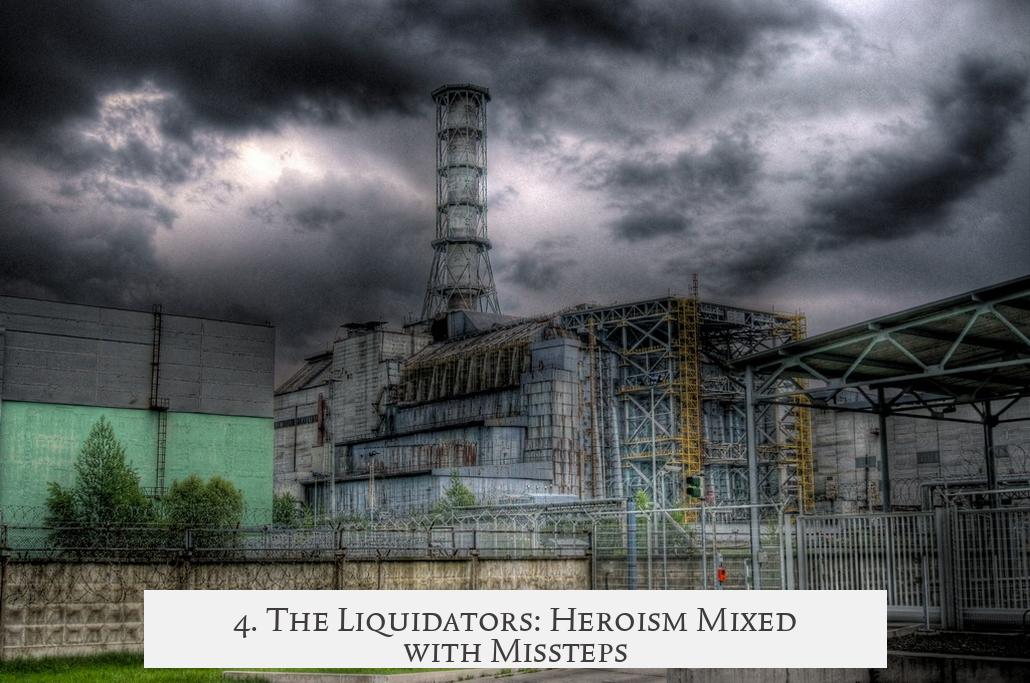
The workers, soldiers, and firefighters who tackled the disaster’s aftermath—the “liquidators”—get respectful treatment in the show. Their bravery is on point, earning well-deserved recognition.
However, some cleanup efforts shown are glorified inaccurately. For example, the mining tunnel under the reactor, as depicted in the show, was a response to a threat that was in fact imaginary and accomplished nothing. Legasov himself disagreed with it. Also, the helicopters dumping sand and boron to smother the reactor core mostly missed their target, raising localized contamination rather than solving the problem.
The series omits the sarcophagus—the massive concrete shield built over the crippled reactor—which was the critical containment effort. So, while the series captures the spirit of the cleanup, some technical details miss the mark.
5. Fictionalized Drama: The “Jumping Fuel Caps” and Other Scenes
Some of the show’s most striking visuals are pure fiction. The fuel channel caps “jumping” before the explosion? That never happened and is an educated guess at best. Scenes of men climbing the roof or entering the central hall to gaze directly at the fire were dramatized and didn’t occur as depicted.
The helicopter crash portrayed dramatically in the series happened later and resulted from a collision with an overhead cable—not a radiation-induced accident as suggested.
The infamous “Bridge of Death” scene, where locals supposedly stood observing the fire and later died of radiation sickness, is exaggerated. Reliable interviews state that the residents on that bridge did not suffer acute outcomes the show implies.
6. Radiation and Medical Science: Facts Bent for Fear
The series depicts radiation sickness as contagious from person to person—touching the exposed causes others to become sick. This is scientifically inaccurate. Radiation sickness comes from exposure to radioactive particles or rays emitted by decaying elements in the environment, not from contact with irradiated humans after proper decontamination.
For instance, the miscarriage of the woman linked to her husband’s exposure is misleading; it was more likely caused by living near the reactor itself. The people exposed were isolated not because they could infect others but because their immune systems were compromised and fragile.
Experts like Dr. Alla Shapiro, MD, a Ukrainian medical responder who treated victims and studied health outcomes, have confirmed several medical portrayals are simplified or inaccurate. Yet, the show succeeds in conveying the human suffering the disaster caused.
7. Late-Soviet Life and Social Atmosphere: An Accurate Backdrop
On a bright note, the show’s depiction of everyday Soviet life—the social environment, cultural atmosphere, and modes of life—rings true. The late-80s USSR feels authentic, from crowded communal apartments to exhausted officials.
Many locals from affected regions have confirmed the panic and upheaval the disaster caused. One firsthand account describes living approximately 120 km from Chernobyl in Gomel, Belarus, with warnings posted near contaminated fields and stories of relatives tasked with cleanup efforts. Summer 1986 saw palpable panic; those with resources fled the area.
8. Technical Accuracy of the Reactor Explosion Timeline
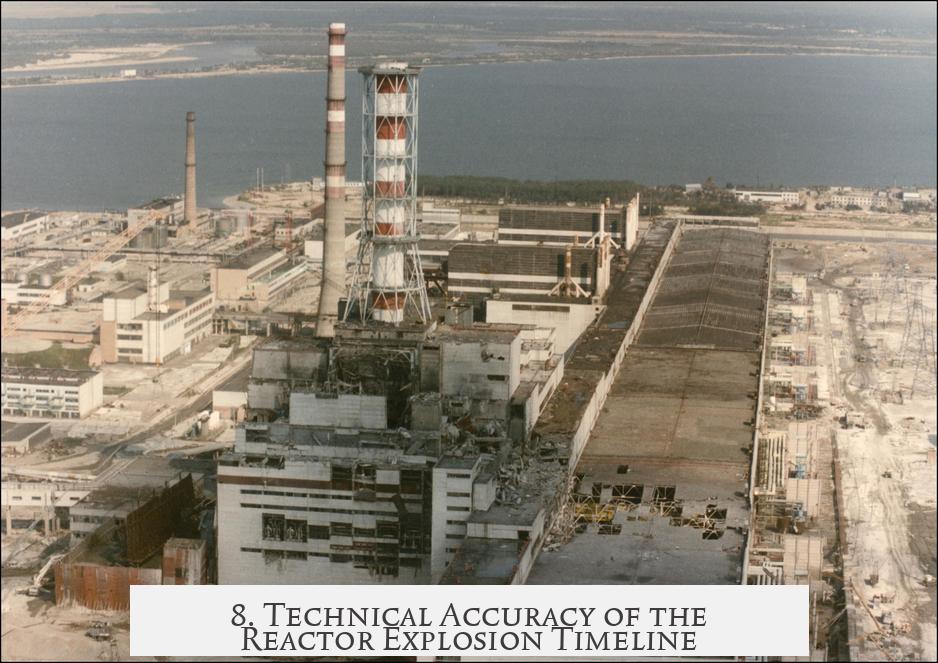
The show’s timeline of events on the night of the disaster is solid. It correctly presents how the test was rescheduled from day shift to understaffed night shift; how operators weren’t fully trained on the test procedure; the critical power drop; and Dyatlov’s risky decision removing most control rods to stabilize power.
The depiction of the AZ-5 emergency shutdown button causing a power spike due to slow rod insertion and the reactor exploding aligns with nuclear engineers’ analysis. Yet, some internal reactor events, like the “jumping lids,” remain speculative since those who witnessed them died instantly.
9. Scope of the Disaster: Not Cataclysmic Europe-Wide Fallout
The show hints at Chernobyl’s explosion rendering Europe uninhabitable. In truth, the radioactive material released, even from all four reactors combined, couldn’t have blanketed Europe with lethal radiation.
Areas in Ukraine and within several hundred kilometers saw increased thyroid cancer rates and other health impacts, prompting an exclusion zone—the infamous dead zone—larger than current safe zones. Cleanup expenses soared, and deaths numbered in the dozens directly linked to the core meltdown, rather than thousands immediately.
10. Further Resources for Those Curious
- For deeper insights, this detailed historical commentary offers exhaustive analysis.
- The book Midnight in Chernobyl by Adam Higginbotham is a masterclass in research and narrative, tracing the disaster from origins to aftermath.
- The Chernobyl podcast features interviews with writer and director Craig Mazin, explaining series choices and accuracy.
- Vanity Fair’s interview with Dr. Alla Shapiro provides expert views on what the series got medically right or wrong. It’s succinct, accessible, and worth your ~13 minutes.
Summary: A Dramatic Rendition, Not a Textbook
The series “Chernobyl” excels in bringing emotional depth, tension, and awareness to a complex disaster. It conveys the human cost and Soviet bureaucracy’s flaws vividly. However, it exaggerates villainy, alters technical facts, invents scenes, and simplifies radiation science for storytelling.
Viewers should watch it as a powerful drama with kernels of truth, not as a perfect history lesson. When paired with documentaries, books, and expert analyses, it serves as a compelling gateway to understanding one of the 20th century’s worst nuclear catastrophes.
So, next time you binge-watch “Chernobyl,” ask yourself: Am I watching history, or a thrilling fictionalized retelling? The answer is both—and knowing the difference deepens the experience.
